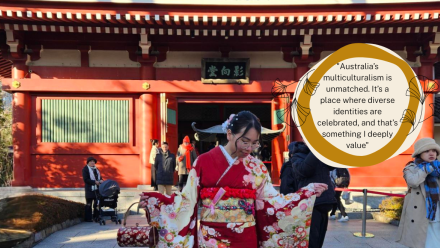Obituary: Emeritus Professor Donald Anthony Low AO, 1927-2015
Anthony is widely regarded as one of the great champions of ANU and his period as Vice-Chancellor from 1975 to 1982 is remembered as successful against the backdrop of significant upheaval in the Australian higher education sector.
Donald Anthony Low - known as Anthony - was one of Australia's most distinguished scholars on Africa who became the sixth Vice-Chancellor of ANU.
Anthony is widely regarded as one of the great champions of ANU and his period as Vice-Chancellor from 1975 to 1982 is remembered as successful against the backdrop of significant upheaval in the Australian higher education sector.
Born in India in 1927, Anthony was educated in the UK at Haileybury and went up to the University of Oxford, graduating with a Bachelor of Arts in 1944 and a Masters in Arts in 1952. He gained his Doctorate in Philosophy on The British and Uganda: 1862-1900 in 1957.
His long academic passion with Africa began in 1951 as a Lecturer at Makerere College at the University of East Africa. He was also Uganda correspondent for The Times.
Anthony had three stints at ANU, having moved from Uganda to Canberra in 1959, staying until 1964, when he became Professor of History at Sussex.
He returned in 1973 and was Director of the Research School of Pacific Studies until 1975, when he became ANU Vice-Chancellor. While Vice-Chancellor, he became the first President of the African Studies Association of Australasia and the Pacific. Anthony announced his retirement from African Studies at the Association's conference in 2012.
After leaving the Vice-Chancellor position, Anthony became Smuts Professor of the History of the British Commonwealth at the University of Cambridge.
On his return to Canberra in 1996, Anthony became Vice-President of the Australian Academy of the Humanities in 1996, an Officer of the Order of Australia in 2005 and Emeritus Professor at ANU in 2010.
Anthony was honoured by ANU in 2014 by naming the innovations building after him. He also has a building named after him at the University of Cambridge.
This obituary was first published in ANU Reporter.
Subscribe to receive the next print edition of ANU Reporter.


